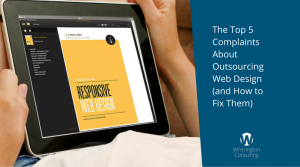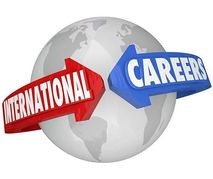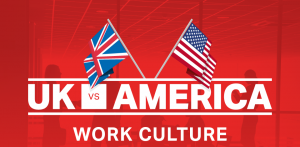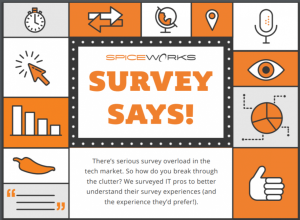Are you sick of the words “the new normal” yet? Because no matter how often they’re repeated, the world we’ve lived in these last several months persists in feeling anything but “normal.”
For millions of workers, however, this “new normal” was forced upon them with head-spinning suddenness. Company managers and HR teams were just as challenged as their employees were since they now had to contend with an entirely new workplace – or is it work displace? – dynamic.
New processes had to be installed to cope with everything from workflow processes, collaboration, and productivity tracking to remote access protocols and data security. Maybe COVID-19 just snowballed an evolving trend toward a greater number of remote workers, and it’s likely a lot of workers will be making an eventual return to the office. Right now, though, it’s a good bet that many organizations will commit to having workers continue to operate remotely, for a variety of reasons.
Some employees haven’t been fortunate enough to have to worry about how to dress to impress for their next Zoom meeting. While the pandemic keeps dragging at the economy, we’ll keep seeing a sobering stream of headlines about furloughed or laid off workforces. But there’s a flip side to that coin: Many companies have had to figure out how to conduct the hiring and onboarding process for new employees in a context where they may not be meeting the hiree face-to-face…at least not in the flesh.
A need for better onboarding approaches
When the crisis first struck, some companies were put in a situation where they needed to hire sizable numbers of new employees. Amazon was the most visible among these, though others like Walmart, Kroger, and Albertson’s were also hiring.
But the existing approaches for screening applicants for these jobs simply wouldn’t work in a COVID-19 environment, as Amazon found out when it got bad press for holding “cattle call” hiring fairs with minimal precautions against the disease. In rushing to fill a projected 100,000 spots in its system, it repeated its formula for holiday hiring, with long lines and herds of applicants watching videos, filling out paperwork, and bringing along identification. Even in those early weeks and months, it was an obvious violation of social distancing best practices that the company later acknowledged.
But every employee drawing a paycheck in the U.S. has been heretofore required to have a properly completed I-9 form to verify their eligibility to work here, and it and their driver’s license, passport, Social Security card, et cetera, have to be physically presented. Until COVID-19 upended that particular apple cart, of course.
Even the U.S. Citizenship & Immigration Services (USCIS) had to acknowledge that a new set of policies and procedures needed to be implemented in the face of the remote workforce surge, and did so in March. The “in-person, physical inspection of new hires’ identity and employment eligibility documentation” could now be deferred. Since spring, the USCIS has given a series of 30-day extensions to that policy, though it only applies to remote workers, and has made other adjustments to its policies.
But if any employer thought all federal regulators were going to relent during the outbreak, they may have already received a rude awakening. The Trump administration budgeted $ 7.6 billion for ICE in 2020, and I-9 audits have risen tenfold. They’re on the uptick even during COVID-19, and the penalty for making a single inadvertent or innocent error on an I-9 can be up to $ 2,300. Yet traditional methods of filling out and filing paper I-9s result in errors on over 70% of the forms.
Making compliance remote
Technology has stepped into the breach, as we might hope. With social distancing in force to minimize person-to-person contact, hiring managers are availing themselves of new tools permitting them to remotely verify employee eligibility, file those verifications in a timely way with the authorities, and maintain a high standard of pandemic protection for everyone involved in the process.
I-9 compliance apps can now live on mobile devices, allowing new hires to accurately complete the forms digitally in only minutes, even without professional help. In the case of one such app, all the hiree needs to do is recruit a person over the age of 18 who’s not a relative to receive a secure link on their mobile phone. Using it, they can submit required information about the hiree and even their photo ID.
If they’re still unsure about the process, new hires can take advantage of another development in remote I-9 compliance: Leading providers have launched online help desks and even national networks of compliance centers and mobile representatives.
Another benefit these providers emphasize? The fact they’ll help companies avoid penalties caused by any failure to follow strict I-9 filing and processing timelines. For organizations with multiple departments or business units or even small businesses, this can provide sweet relief from another bureaucratic snare.
Will these changes in I-9 compliance and employee verification evolved even further after COVID-19 declines? As companies put more emphasis on remote workforces, and as they, their employees, and even regulators enjoy the convenience, efficiencies, and ease of compliance these new platforms deliver, it’s hard to see anyone reversing course to embrace paper cuts and waiting rooms as superior solutions.
Business & Finance Articles on Business 2 Community
(39)





